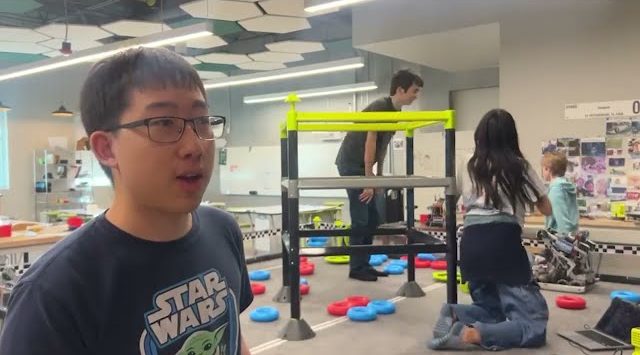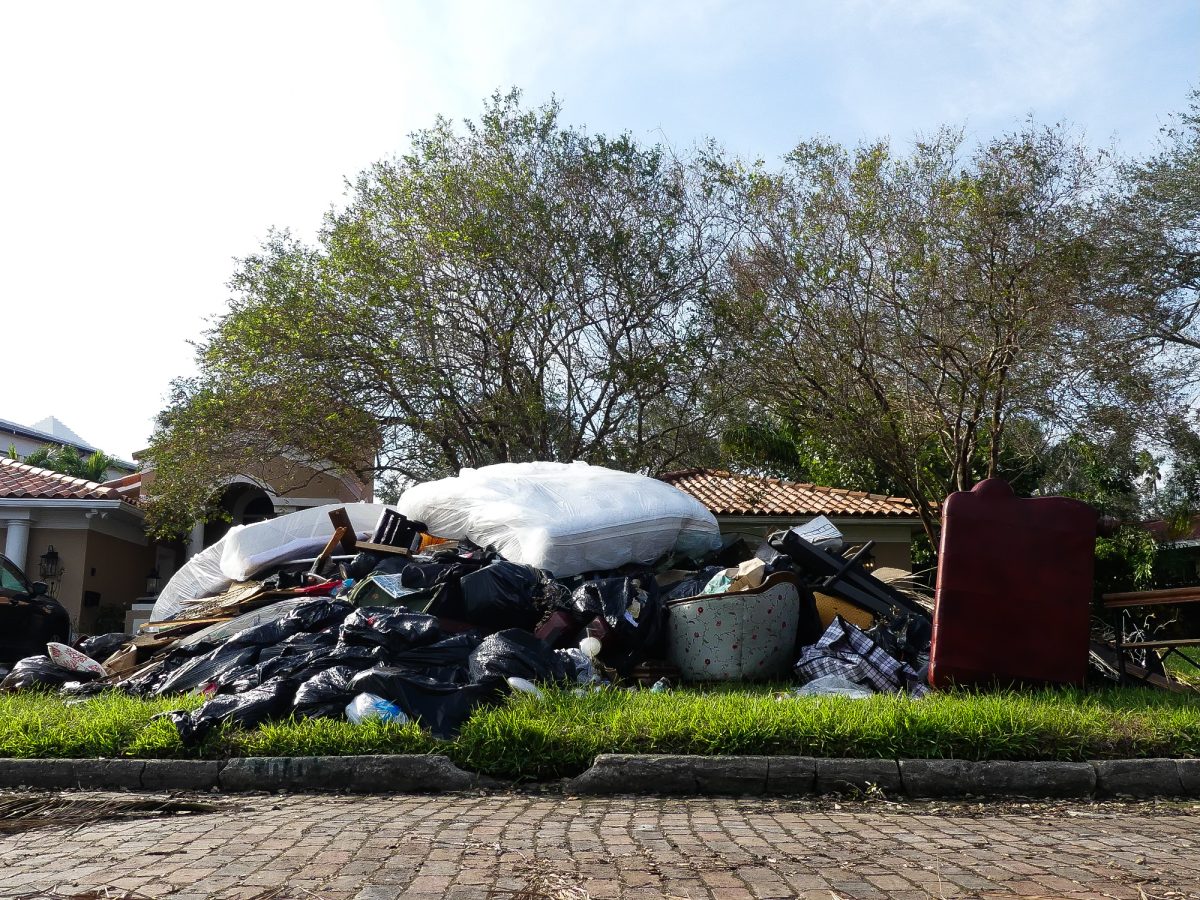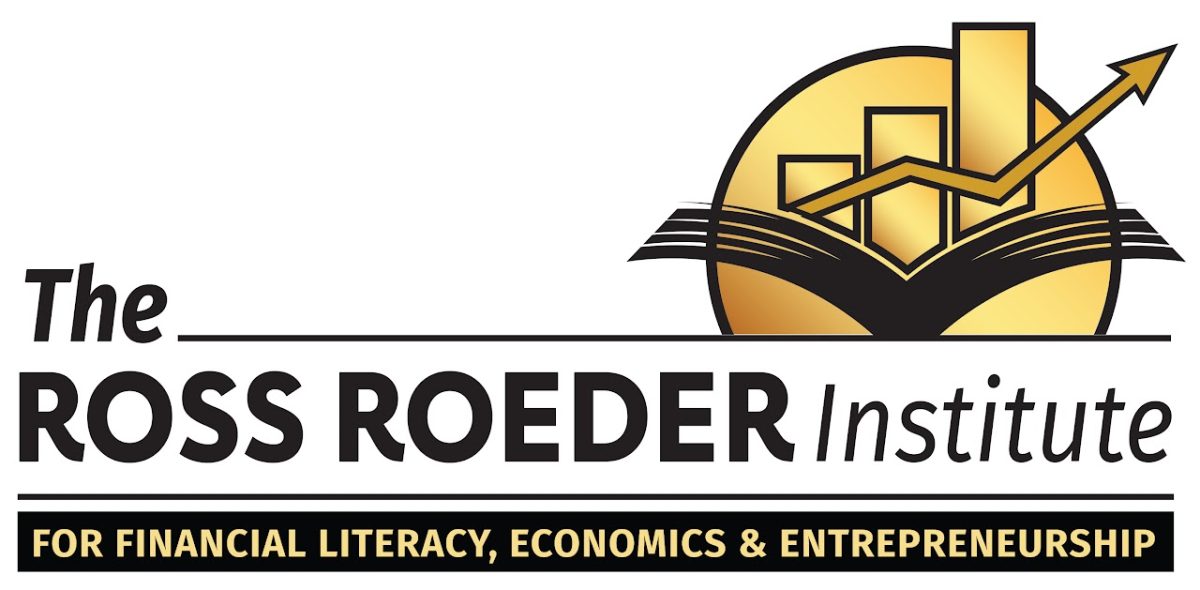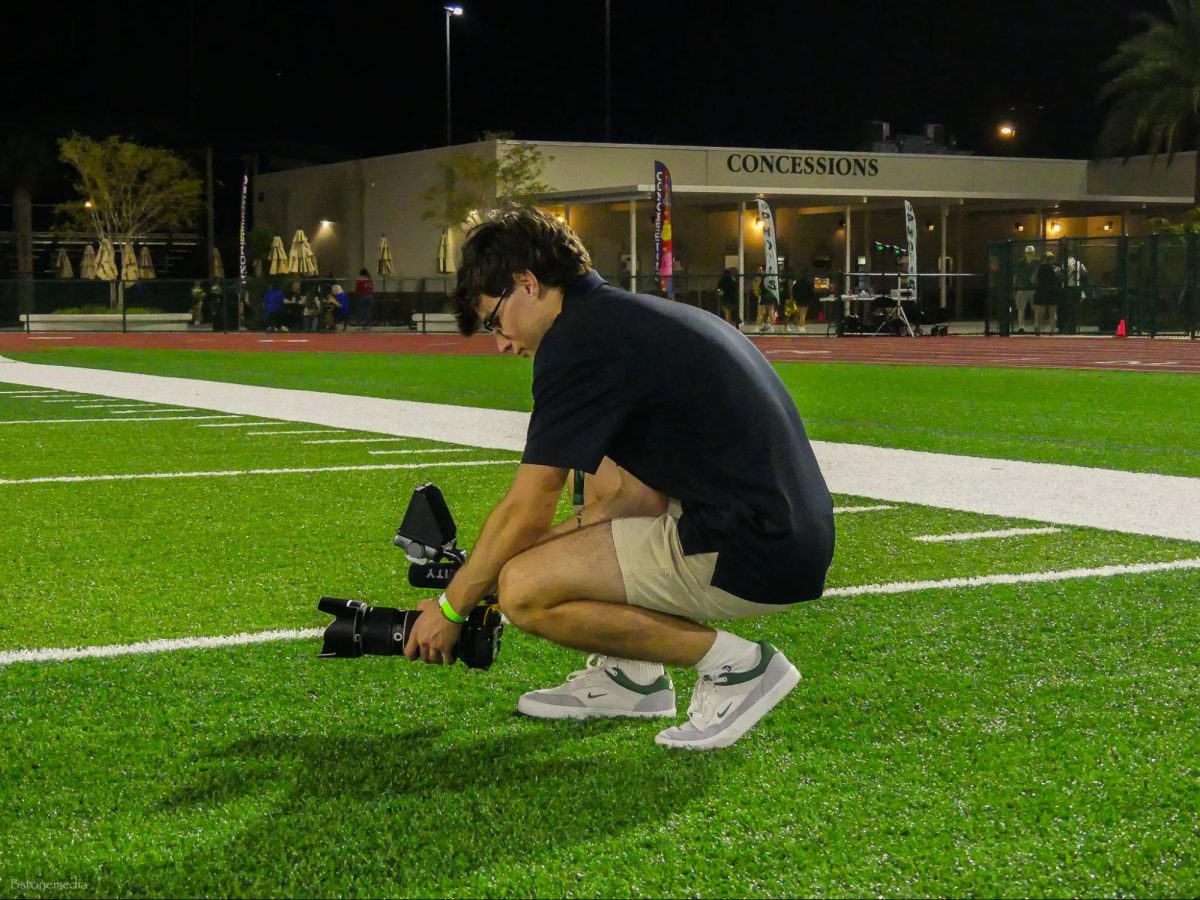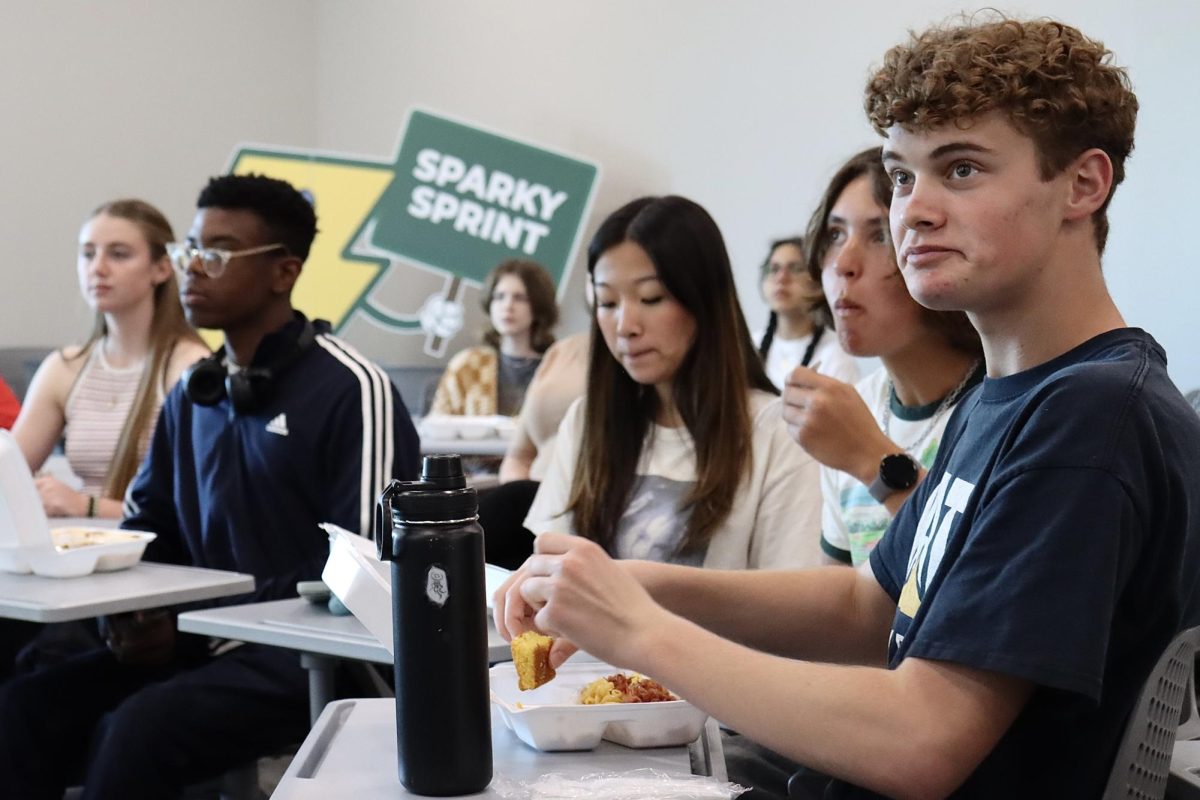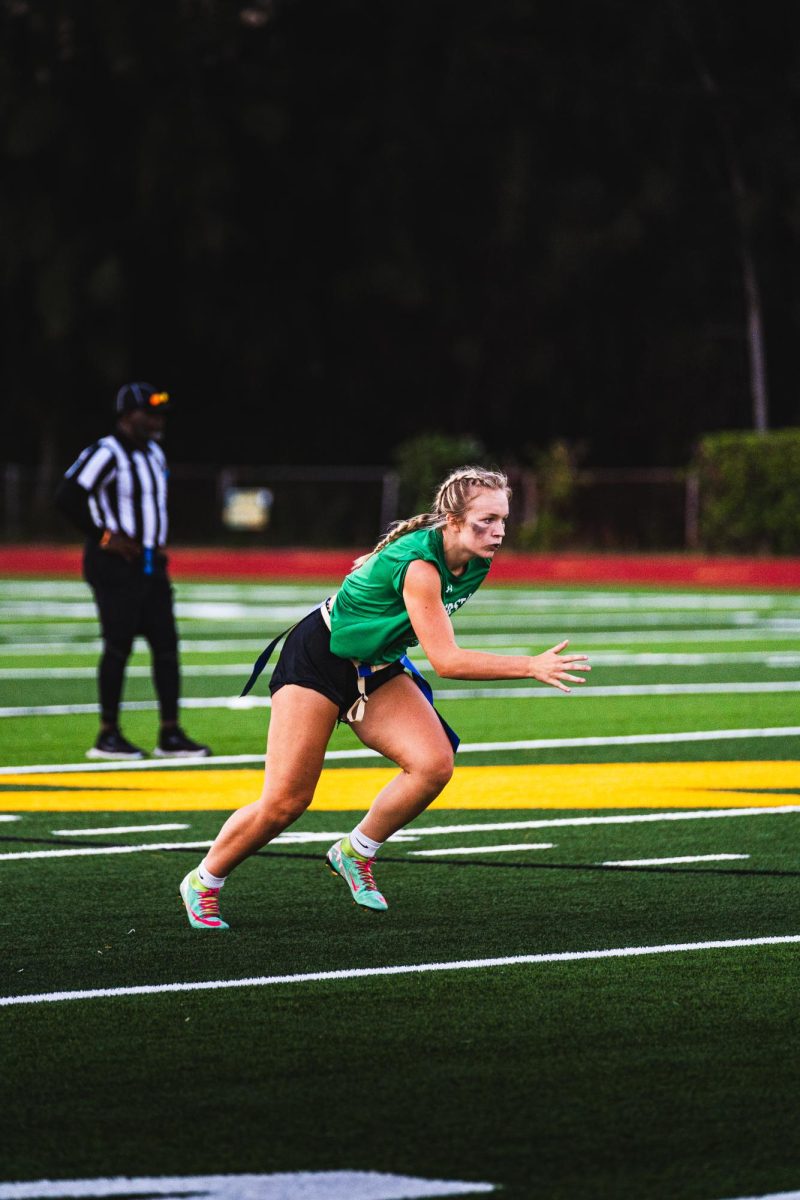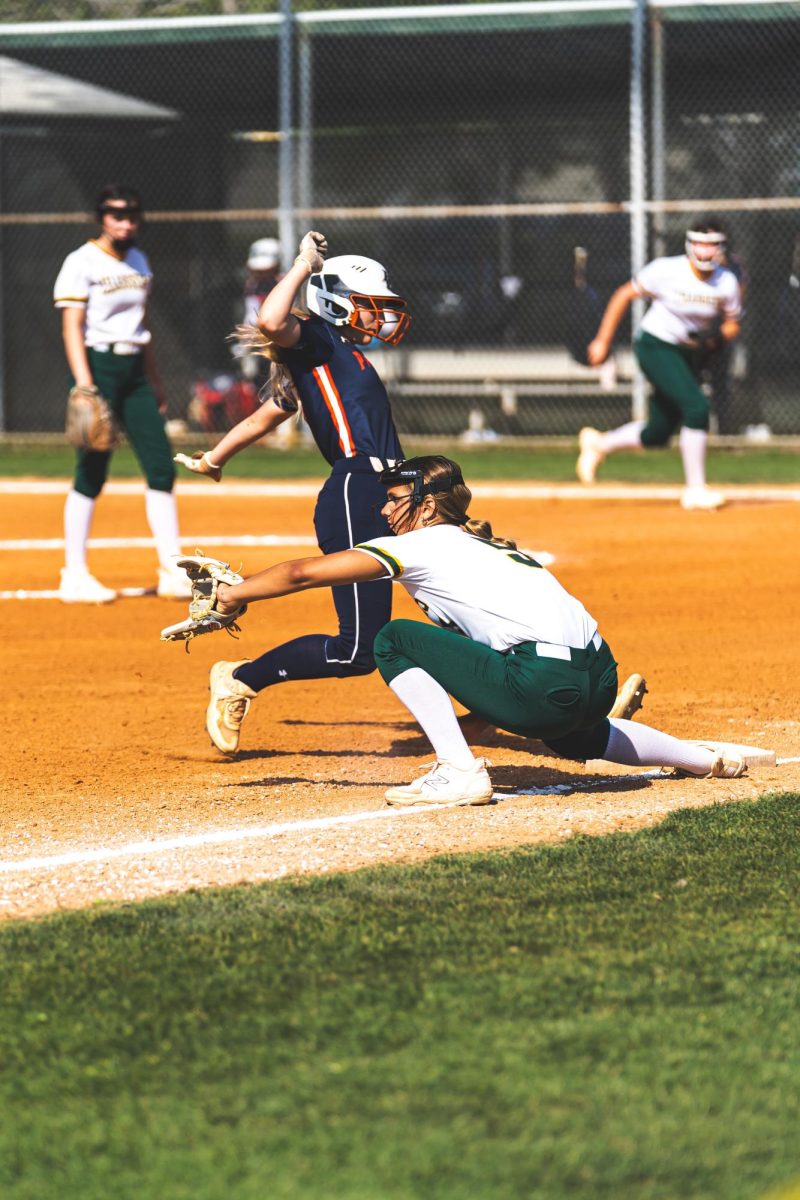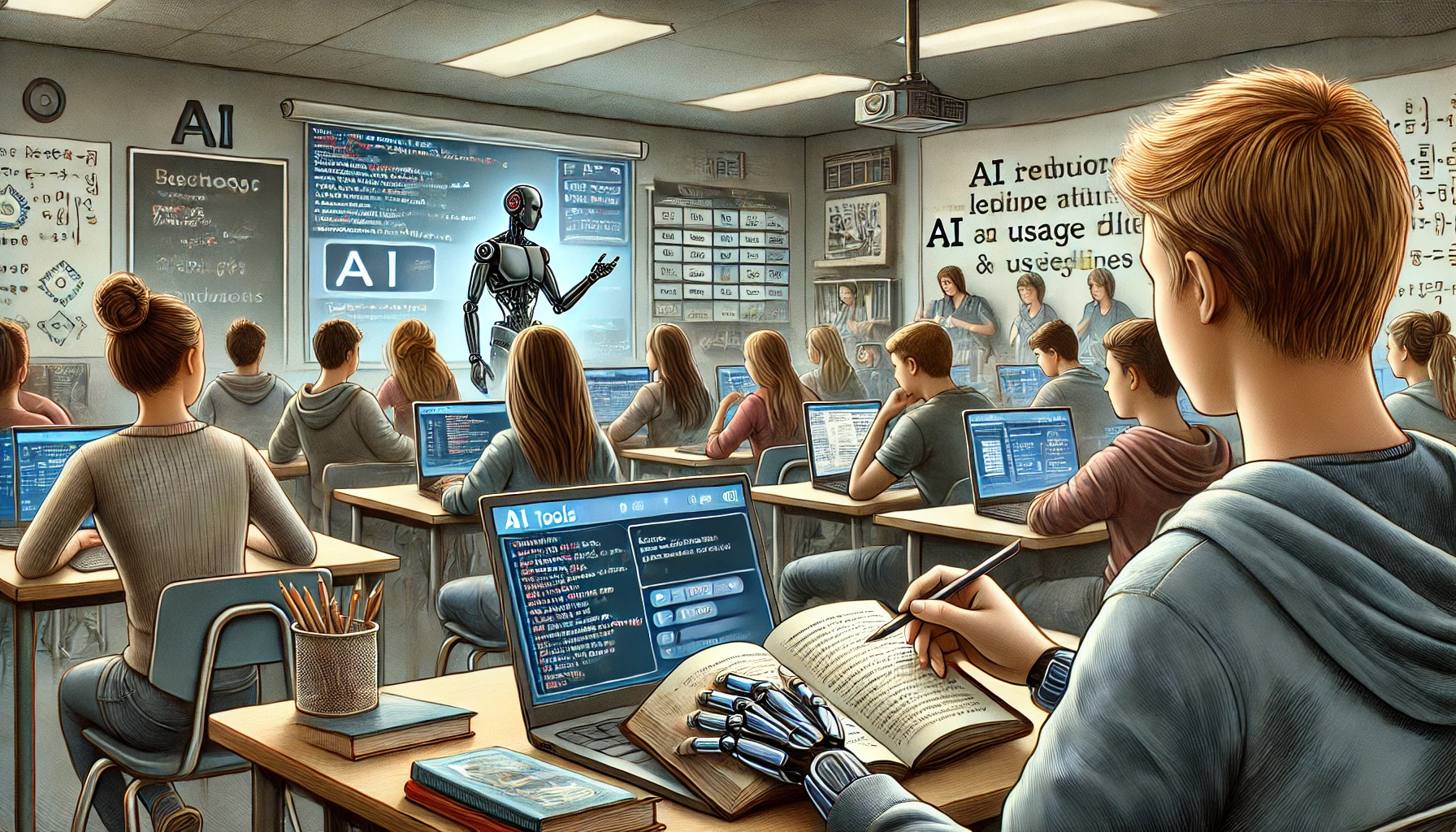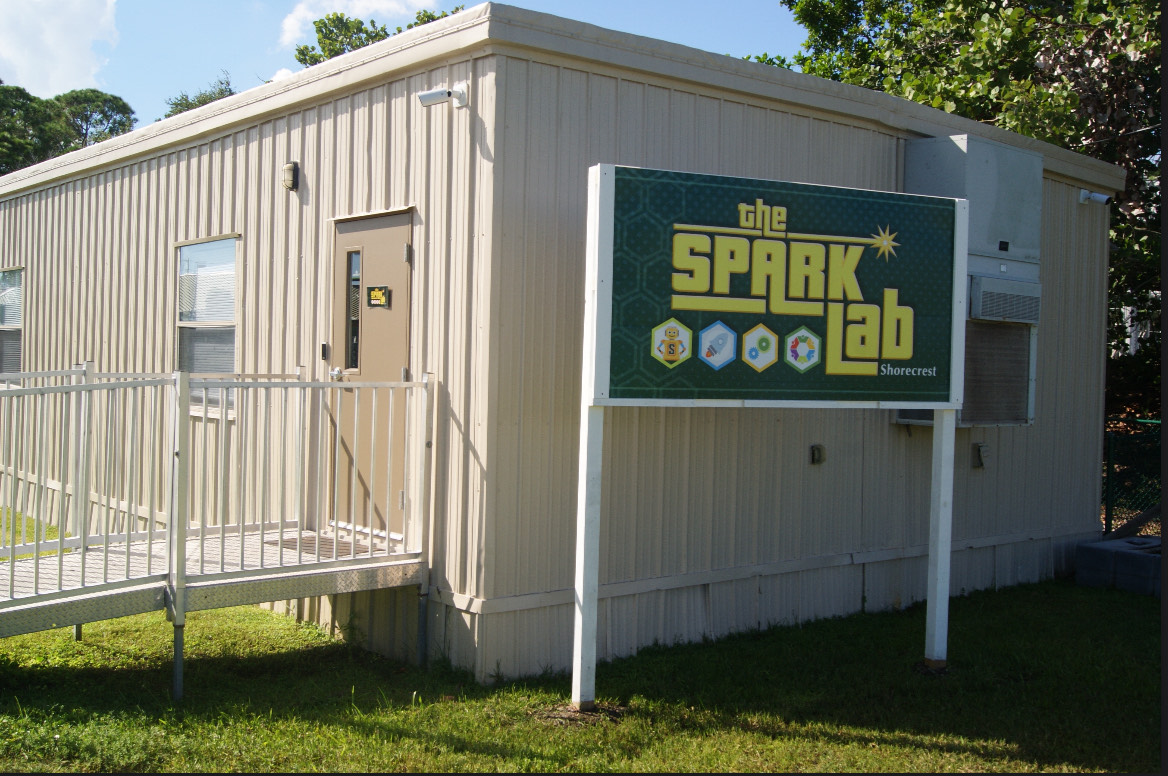One year ago, junior Gaston Grehan-Savona sat in his AP Computer Science A class, attentively listening to the introduction of a new assignment. He watched as Upper School Computer Science Teacher Melissa Estremera pointed at a bolded phrase on the whiteboard caked in Expo marker residue: “AI use is not allowed.” For many, such a phrase has worn out its welcome.
Director of Tech and Media Services Dr. Anna Baralt spearheaded the creation of a new AI policy, enlisting a group of teachers from various divisions to become part of a professional learning community (PLC). The PLC consumed a variety of media, including the book AI for Education by Matt Miller, before collaborating on the first draft that was later reviewed by the administration.
“Like any policy, the AI policy is a living and breathing document,” said Baralt. “It will evolve as we learn more about the best practices and optimal ways to utilize AI to support teaching and learning.”
To mark the start of a new school year, Shorecrest began implementing a numeric scale detailing how AI can be used in the classroom. Just as each Upper School department has a different level of acceptable AI usage, each individual–student or faculty member–has a different stance on the new technology.
“It’s helpful for studying because what a lot of teachers let you do is basically prepare practice tests,” Grehan-Savona said. “So instead of finding practice tests online for your specific course content, which is really hard, you can give it your course content and ask it to write questions based on that, which is really nice…You can specially tailor [your] practice.”
Grehan-Savona isn’t alone in his belief regarding AI’s benefits. Upper School Spanish Teacher Pedro Alonso agrees, often using AI to help craft lesson plans. “I prefer to create my own content because I can personalize it for my students in this situation, but that also means that I used to spend a considerable amount of time finding resources, especially textual resources, for my students. That’s one of the areas where I take the most advantage of AI tools,” Alonso said.
However, not all believe AI’s benefits outweigh its flaws. “Students thrive on creativity. Even now, I’ll give my students a creative project, and they’re excited about it,” said Upper School Social Studies Department Chair and GSI Director Kayla Brazee. “If you can just push a couple of buttons on a computer, and if something is generated for you, where’s the enjoyment in that?”
Upper School English Department Chair Jake Seymour sees AI in a similar light. “Ideally, school is supposed to be about creating independent learners and independent thought. I would not recommend the use of AI for studying for assignments because it’s taking the place of the work that has to be done for your brains to grow…English is one of the humanities. It teaches people what it means to be human.”
Even students new to Upper School must find a way to navigate AI. Freshman Olivia Manfrey said, “I think sometimes AI can be beneficial, but then other times detrimental. I guess it really depends on the class and how you’re using it. If you’re just using it to study and not write a whole essay with it, then I feel like it’s useful, but if you’re plagiarizing, that’s detrimental.”
Alonso said, “We’re all stuck with AI. I think when used properly, it could be vastly beneficial…There’s nothing that is going to be perfect, but if you look back at the past few decades, and you see what the Internet and Google have done to our society, you can come up with your own conclusions.” No matter one’s role in the Shorecrest community, everyone has their own image of what a future with AI should look like. Whether viewed positively or negatively, it will continue to be present in the classroom for a long time.

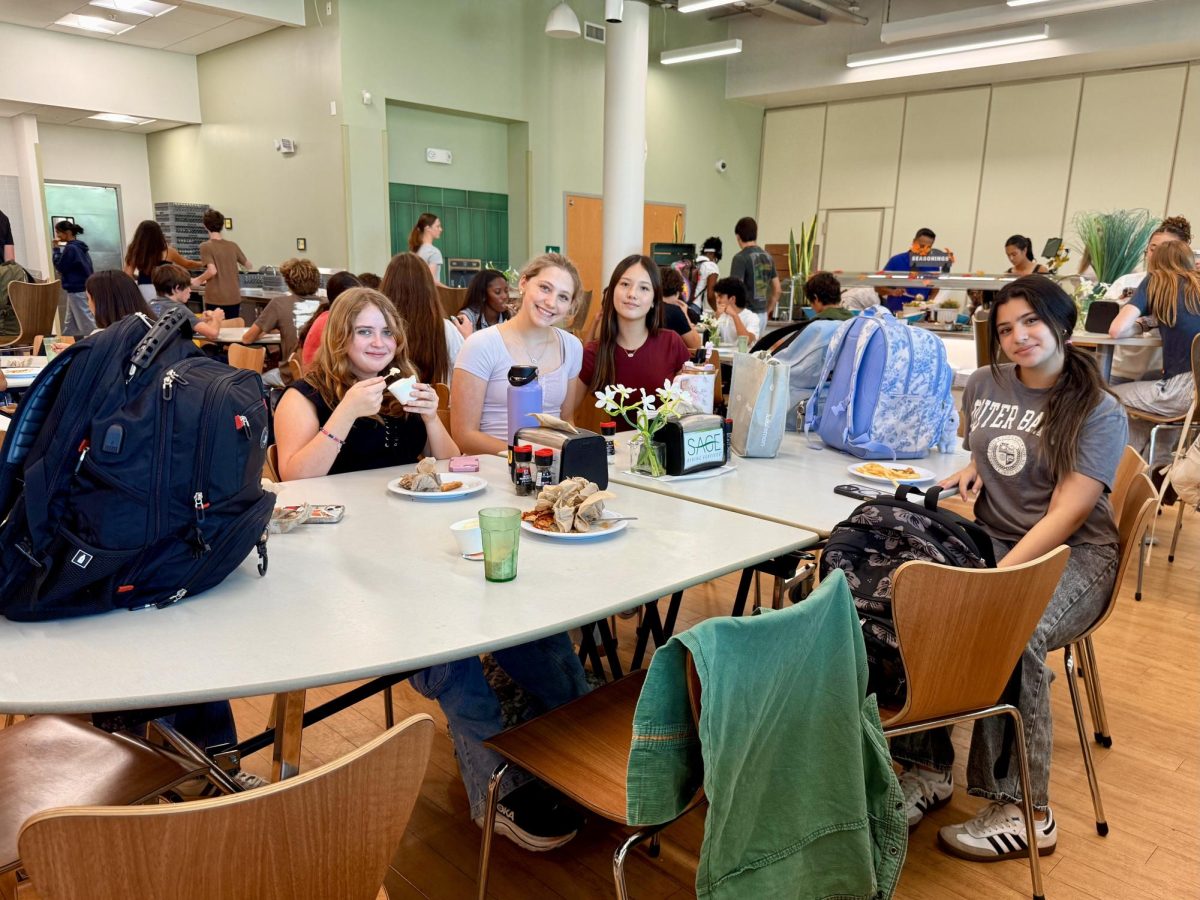


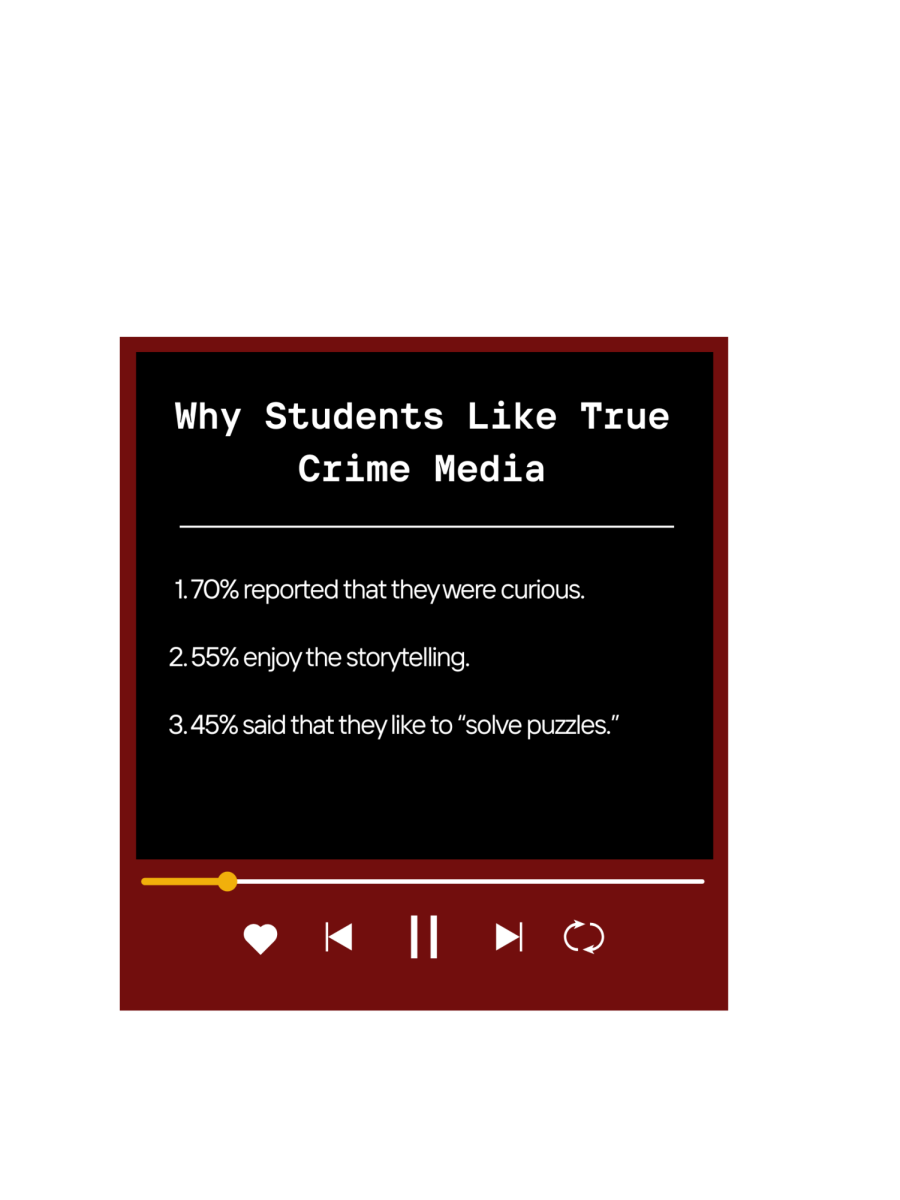
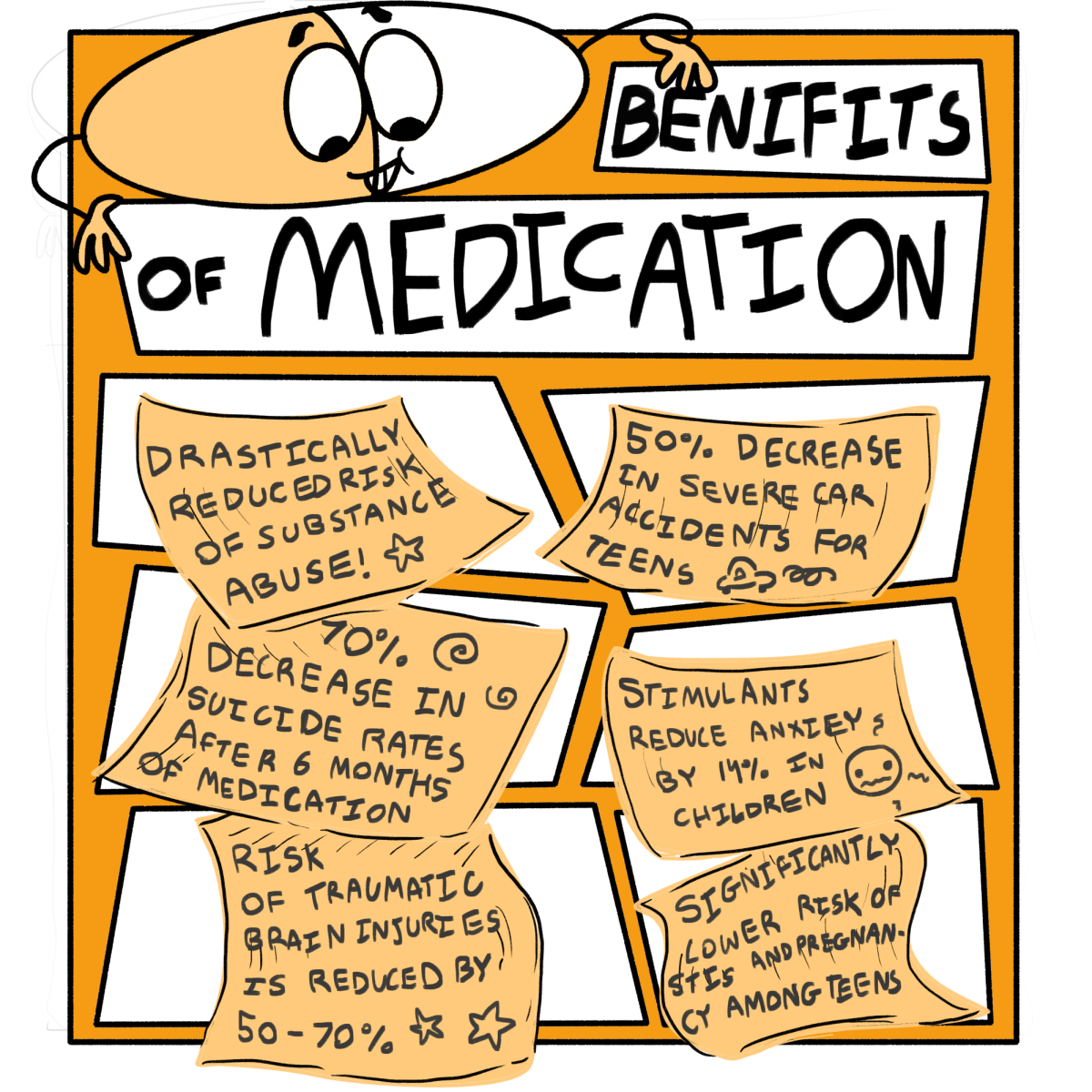


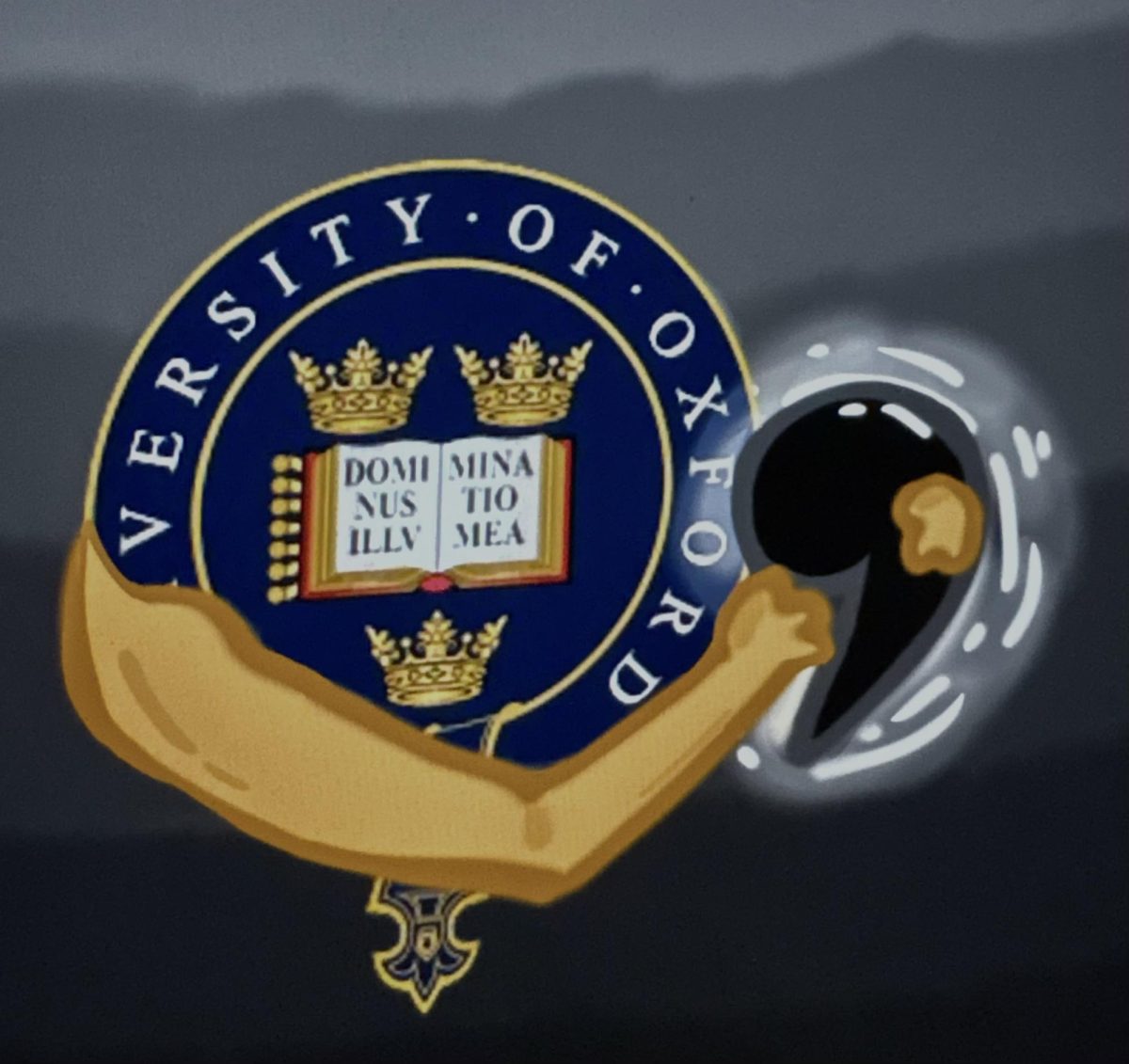


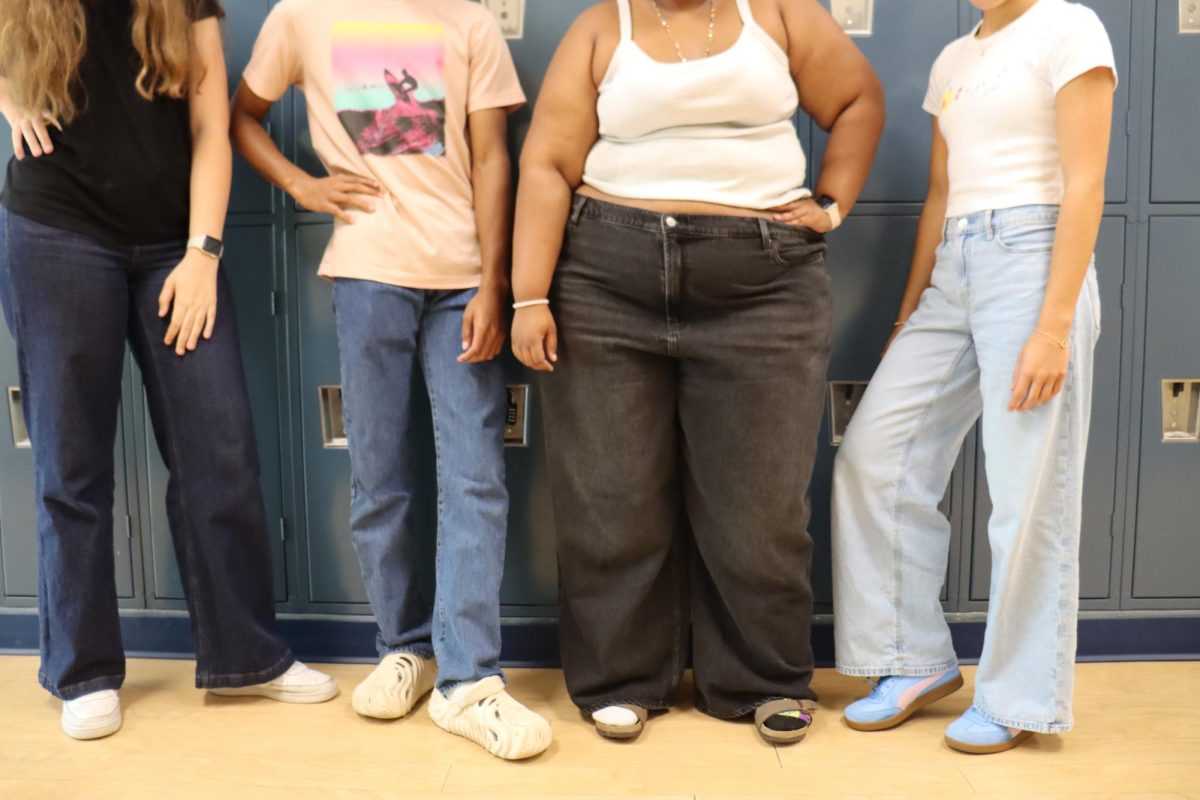
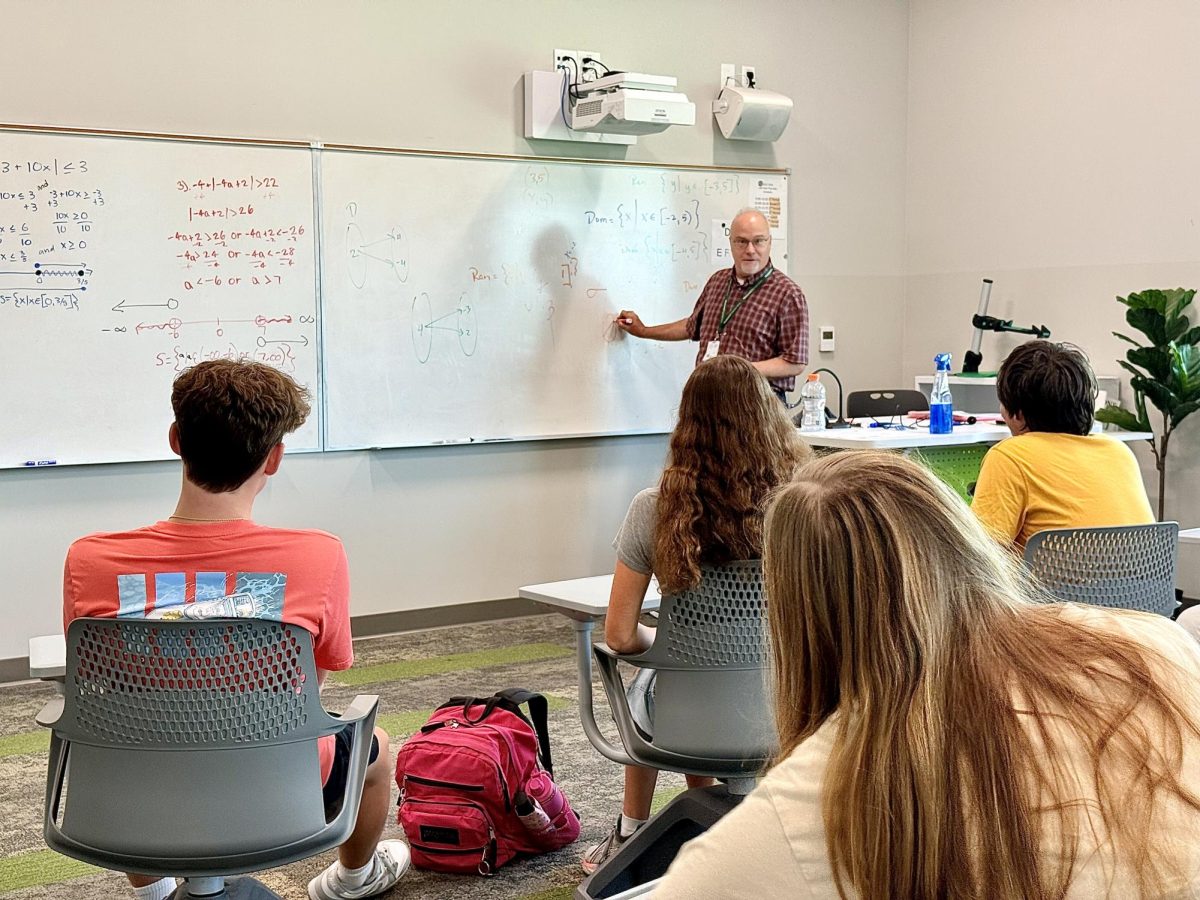


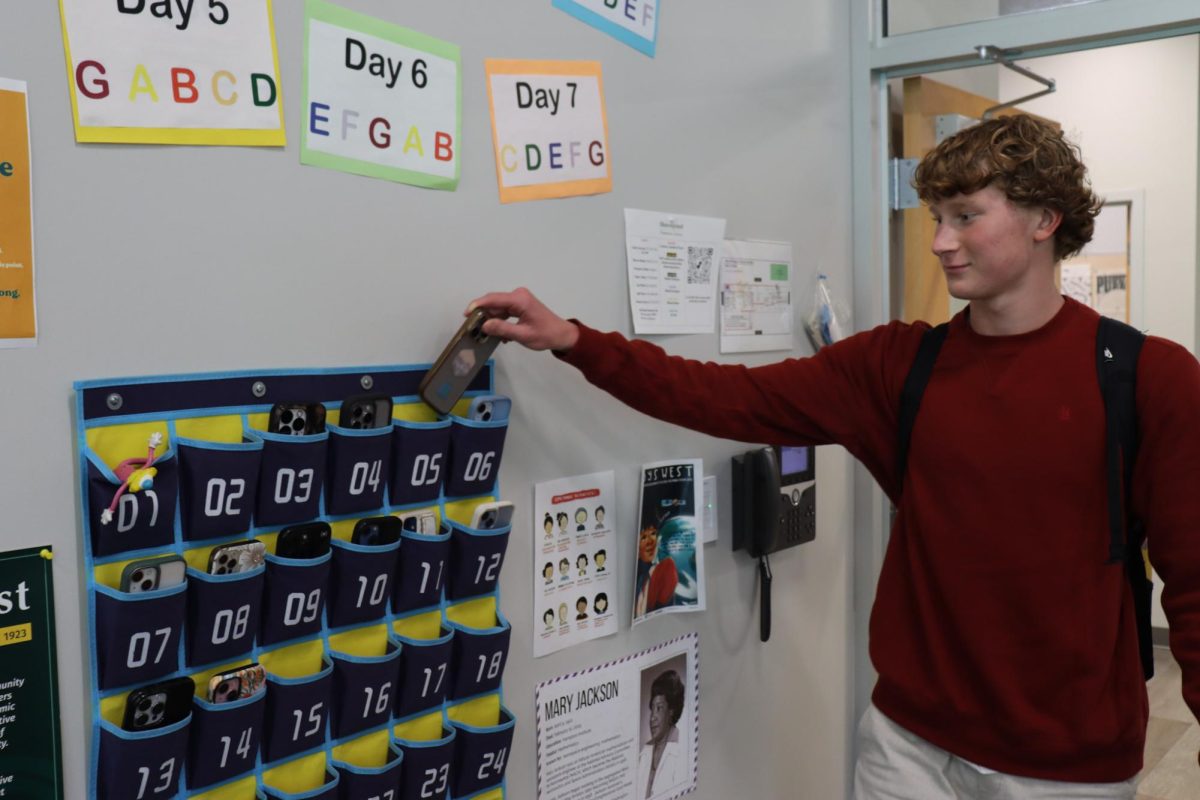
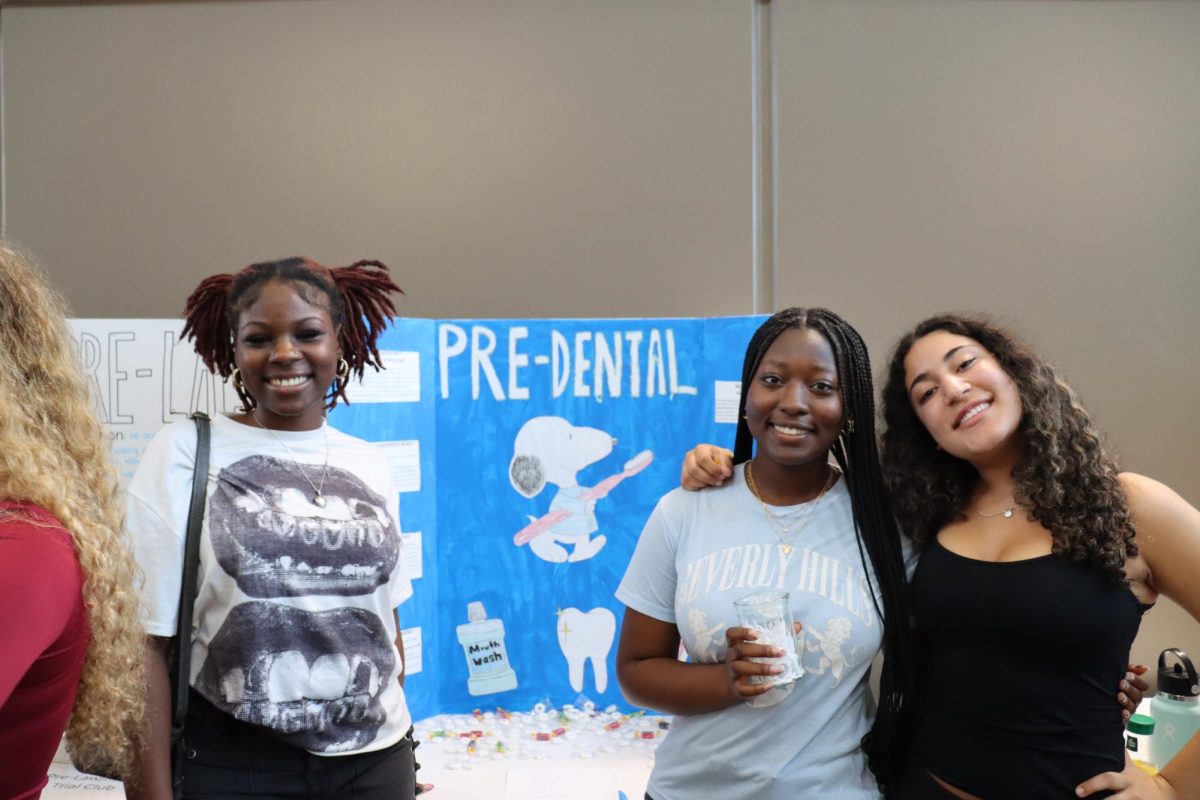
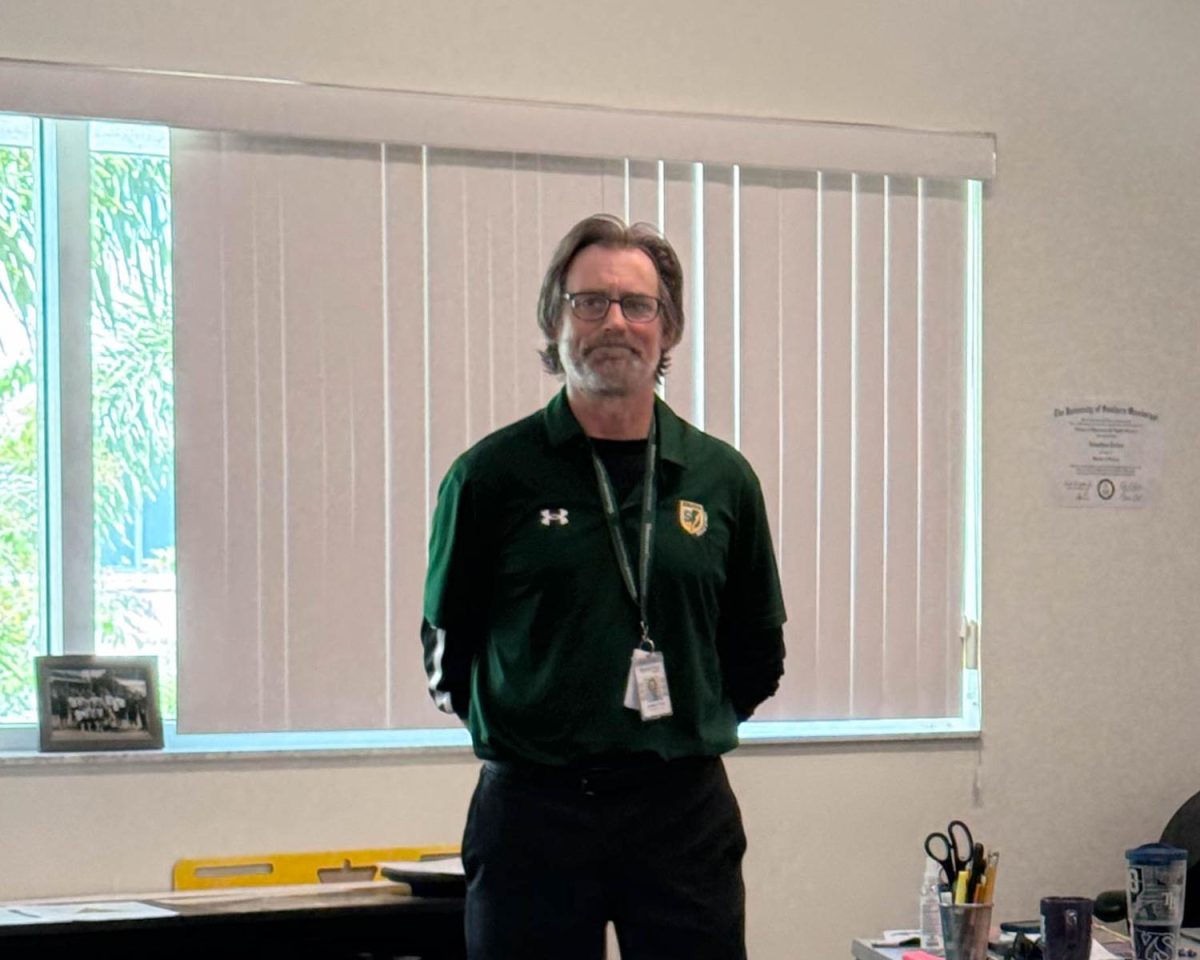

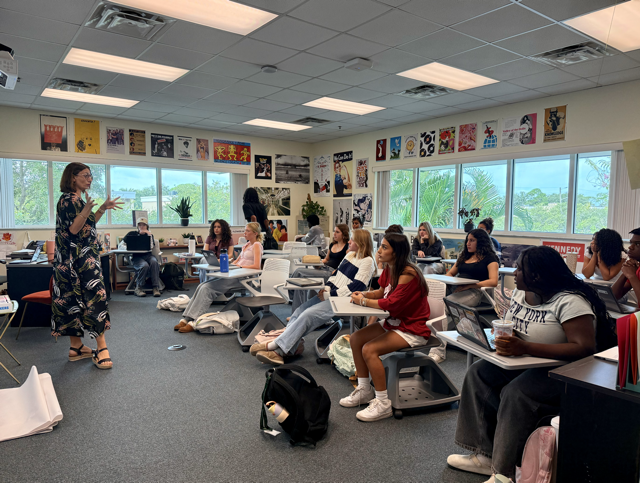

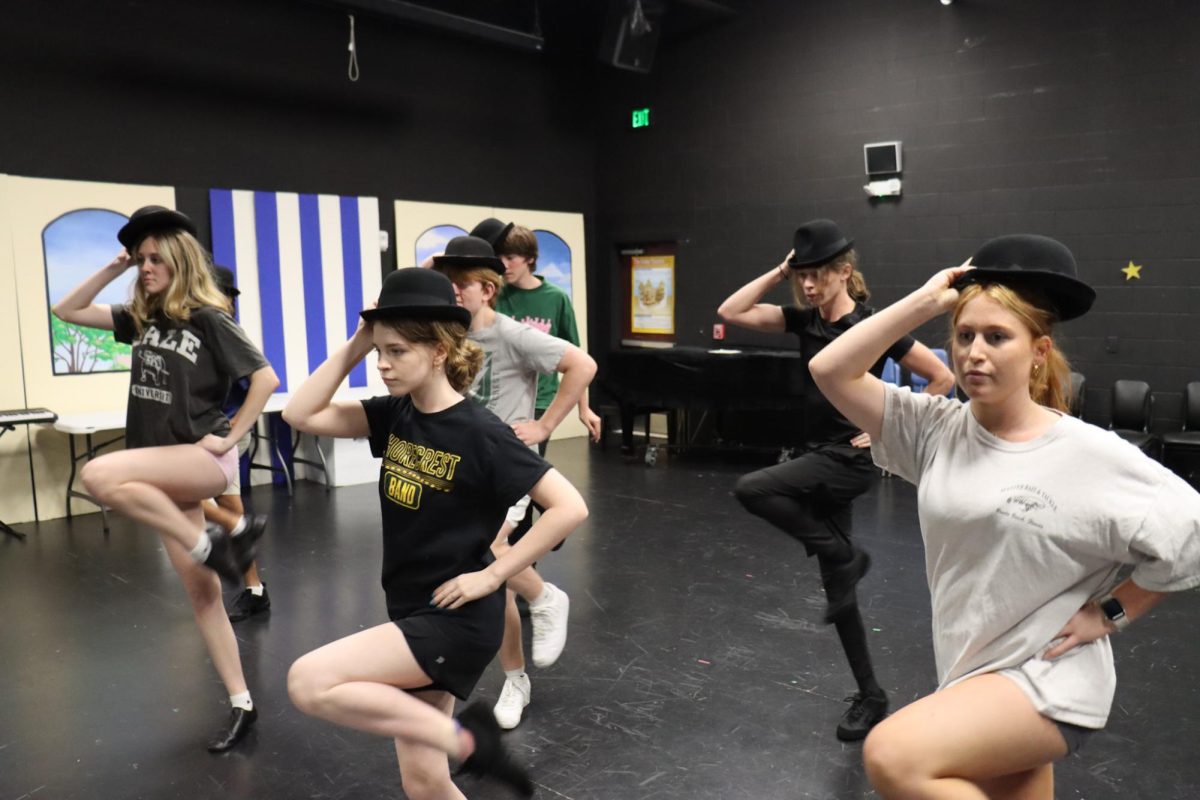
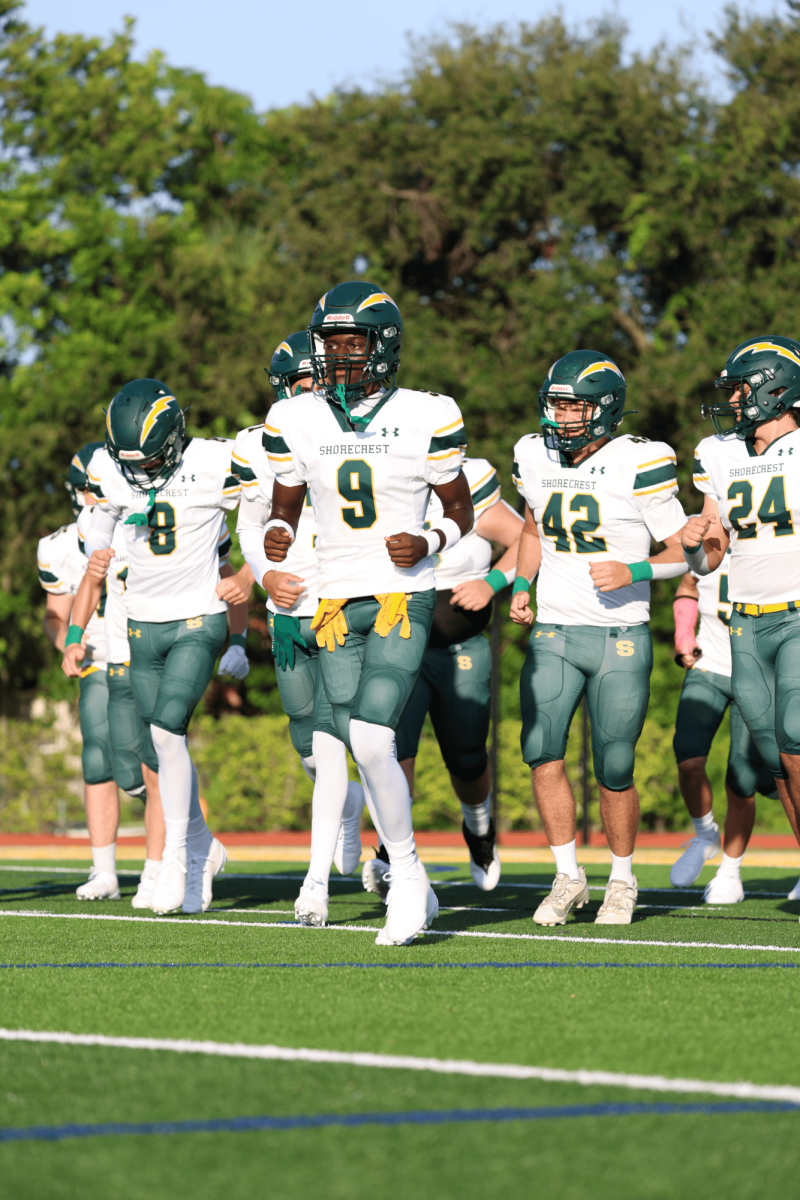








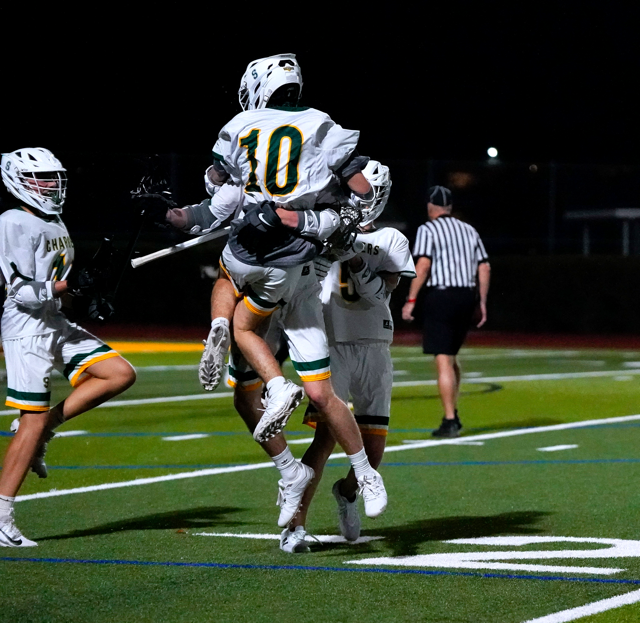

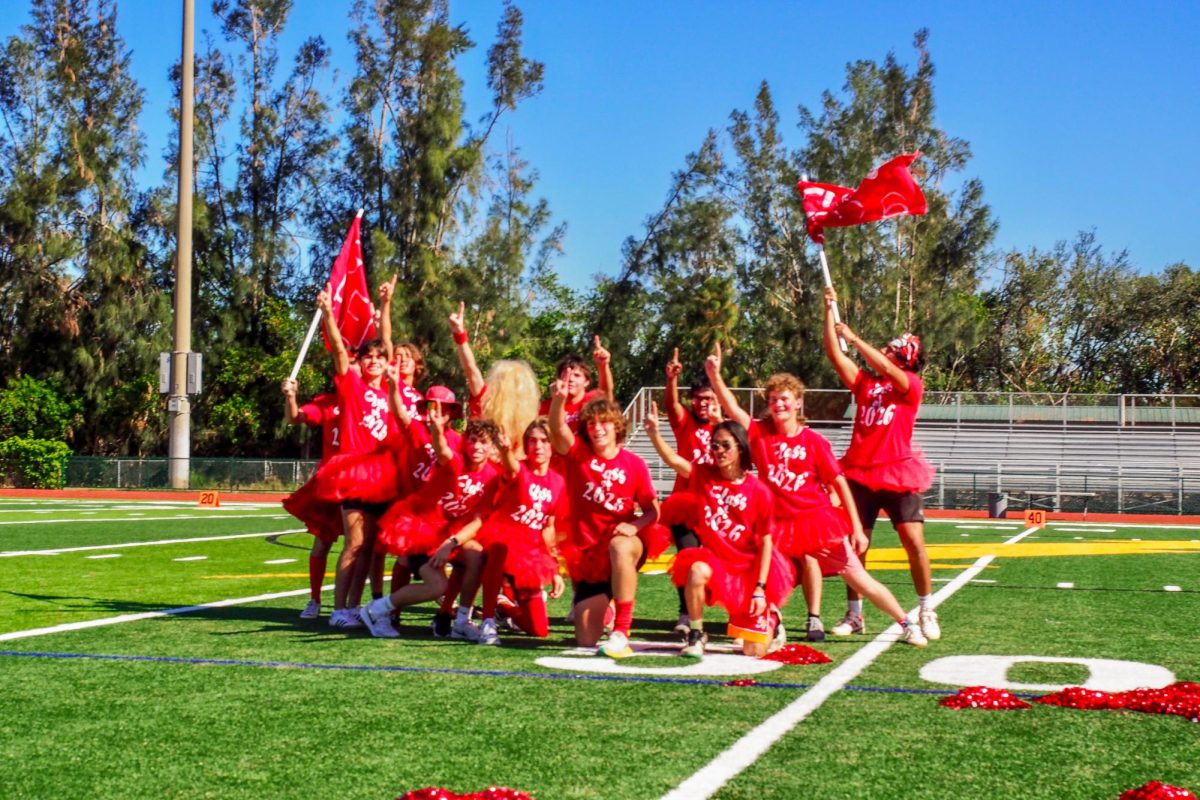
![Thespians pose on a staircase at the District IV Thespian Festival. [Front to back] Luca Baker, Maddison Cirino, Tanyiah Ellison, Alex Lewis, Summer Farkas, Jill Marcus, Ella Mathews, Sanjay Sinha, Isabella Jank, Sofia Lee, Boston Littlepage-Santana, Sally Keane, Tyler Biggar, Tanner Johnson, Jasper Hallock-Wishner, Remy de Paris, Alex Jank, Kaelie Dieter, and Daniel Cooper. Photo by Michael McCarthy.](https://spschronicle.org/wp-content/uploads/2024/12/image1-900x1200.jpg)
